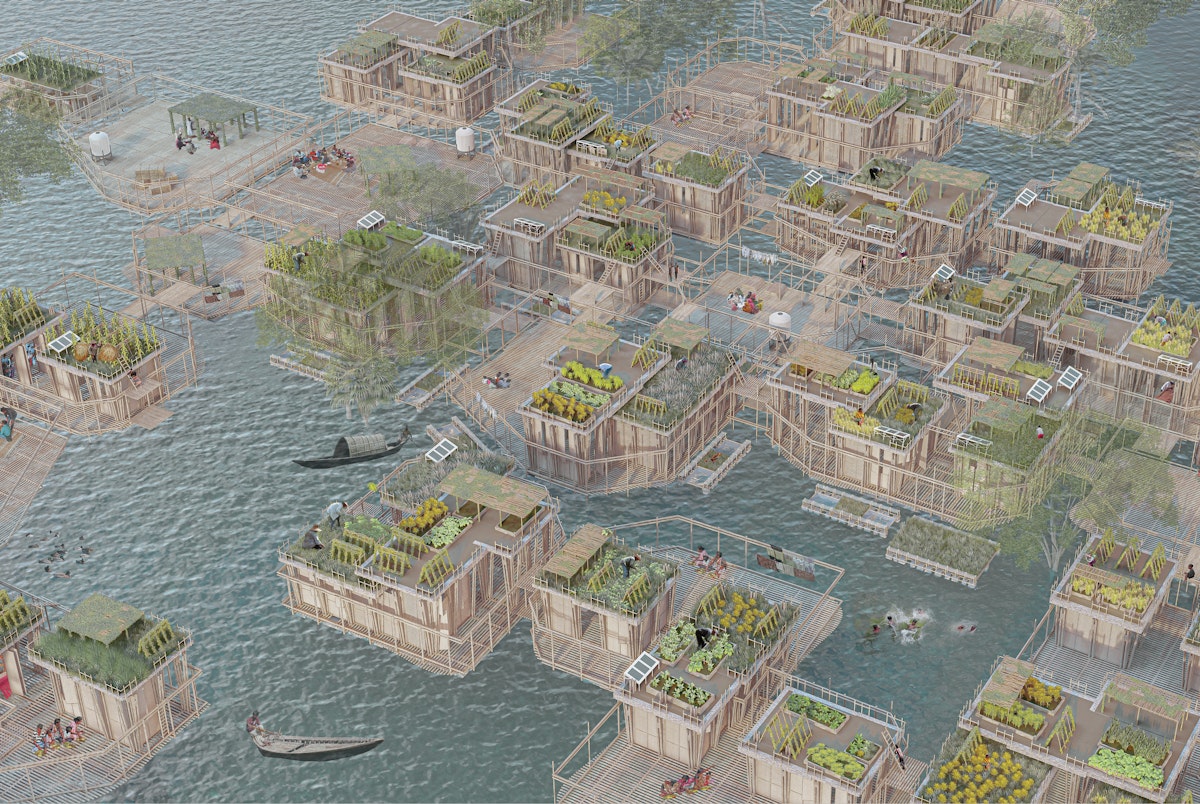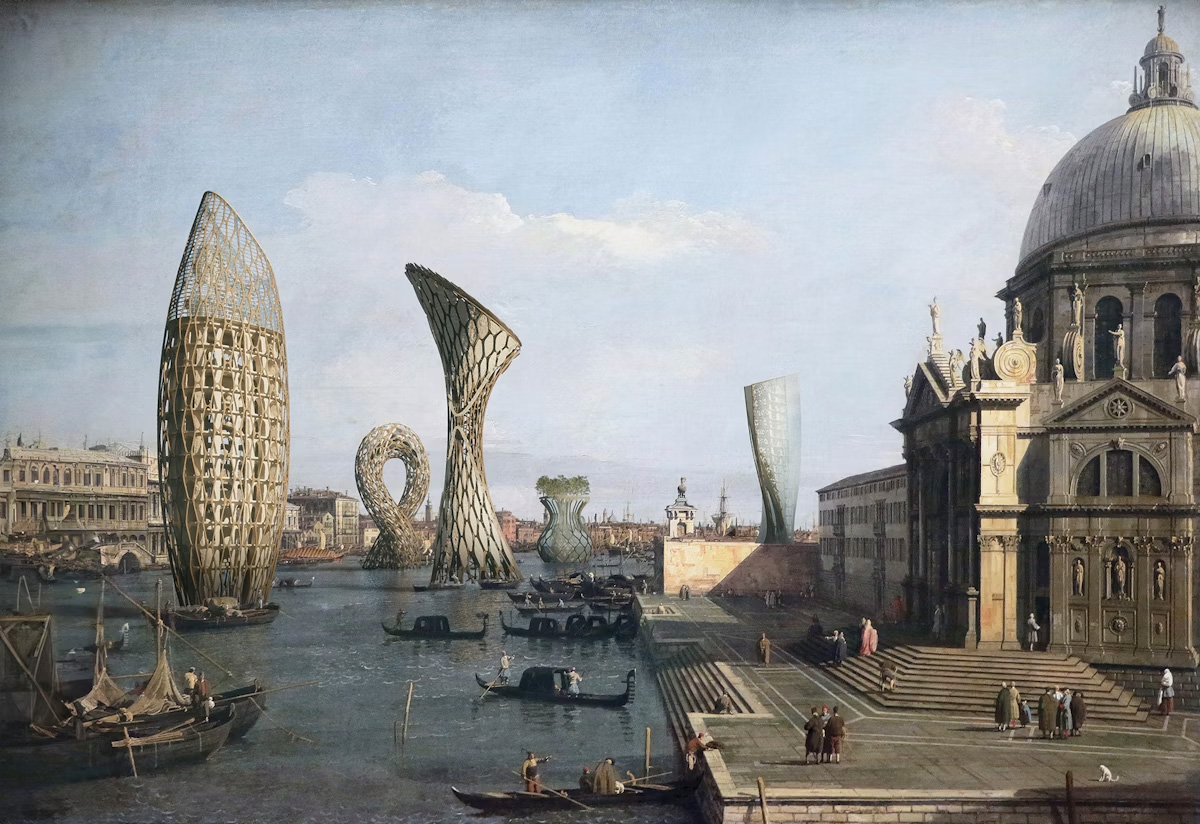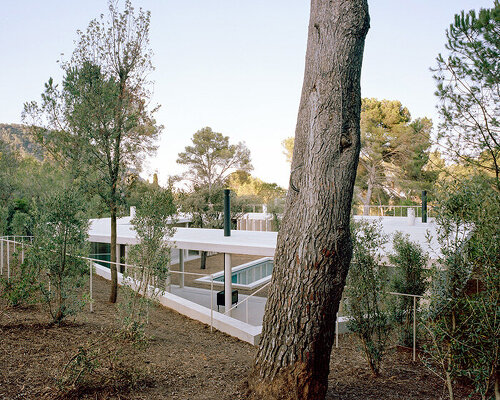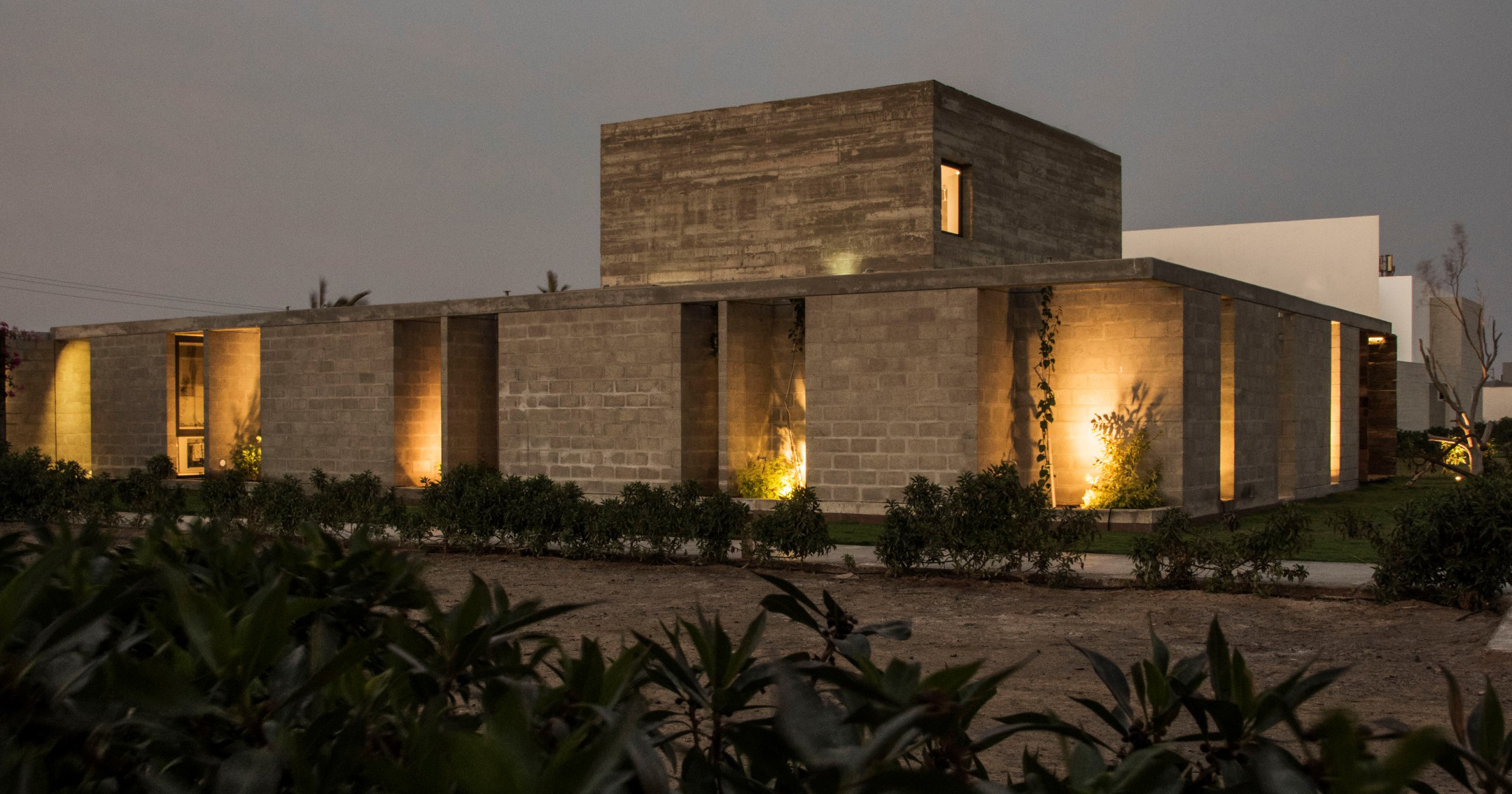Drawings, Models and More: Why Architects Should Champion Analog Craft in the Digital Age

Architizer’s Vision Awards are back! The global awards program honors the world’s best architectural concepts, ideas and imagery. Start your entry ahead of the Final Entry Deadline on July 11th.
With so many tools promising speed, efficiency and near-perfect visuals, it’s easy to think that real architectural work begins on a screen. After all, design moves quickly now, shaped by software, automation and constant pressure to produce polished results.
However, even in these technologically advanced times, some of the most thoughtful forms of design still occur through physical means. A hand-drawn section, a conceptual model built from cardboard and tape, a set of loose sketches pinned to the wall. And at first, these might just seem like the steps on the way to create something specific (and digital), but if one looks closer, they could see that, in fact, they are complete expressions on their own.
This is amongst the reasons why the 2025 Architizer Vision Awards include categories for analog work. In a culture that favors speed and precision, these categories reflect something else: clarity, attention and presence that come from drawing by hand or building with physical materials. Far from just a nod to nostalgia, the Drawings and Models categories recognize the value of working slowly, staying with the process and letting instinct shape ideas that still live in the real world.
With that in mind, let’s take a closer look at why analogue work still matters — and how the Vision Awards celebrate the sketches, drawings and models that continue to shape the way architecture is understood.
The Work Before the Work (Or, Why Great Architecture Begins Before the Visualizations)
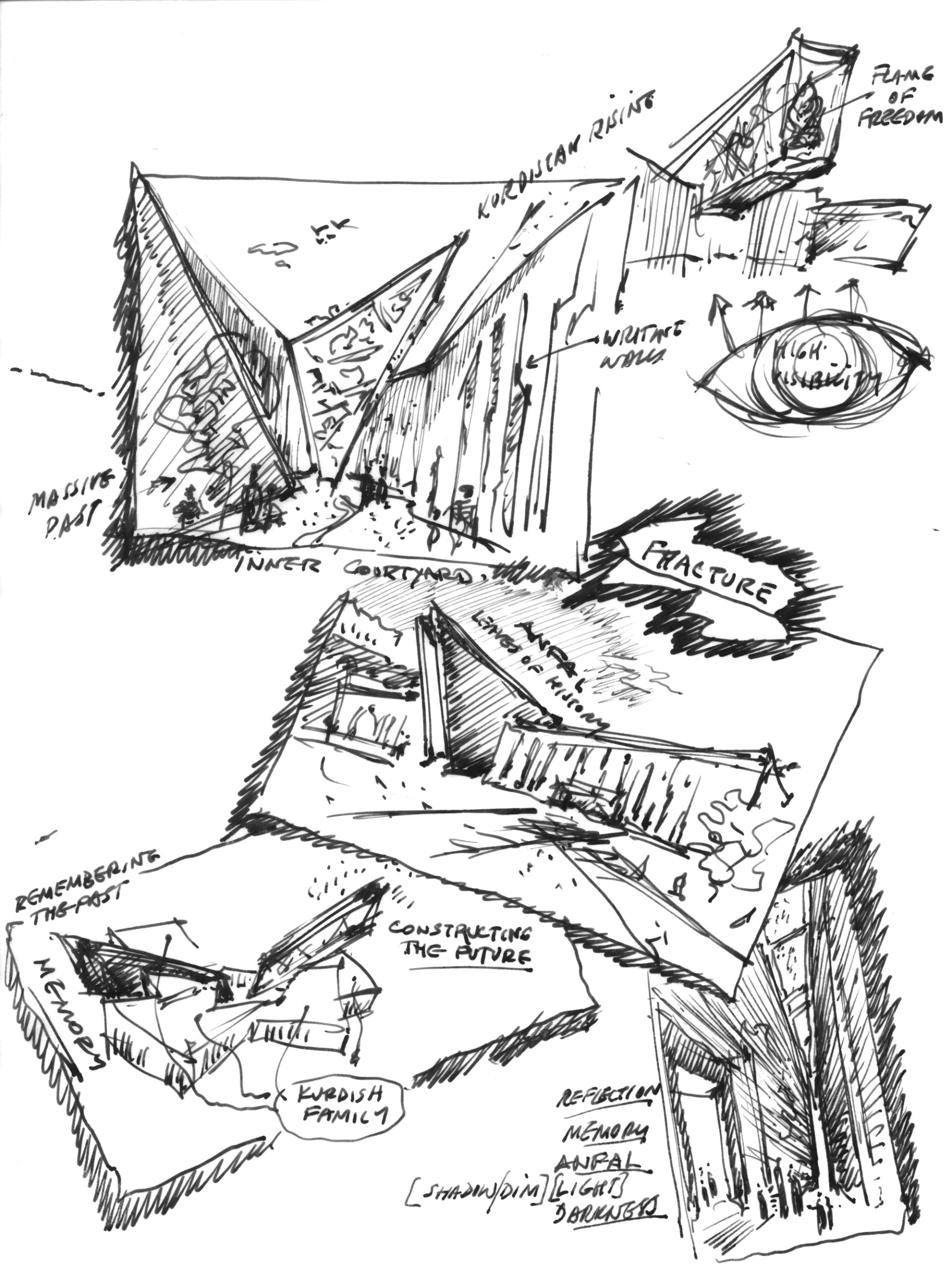
Early sketches for the Kurdistan Museum by Studio Libeskind, Iraq
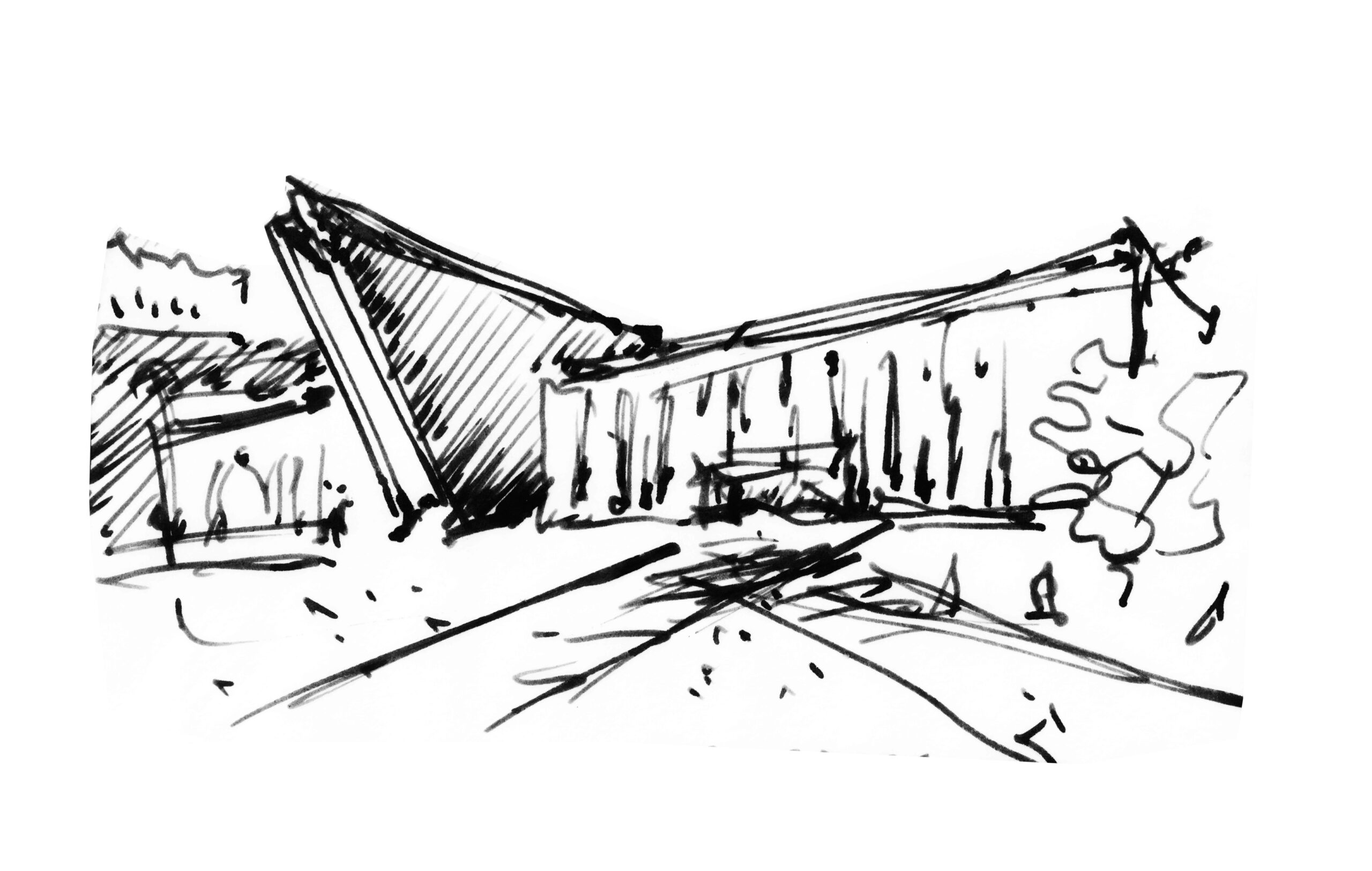
Early sketches for the Kurdistan Museum by Studio Libeskind, Iraq
Every project has to begin somewhere — and often, that beginning isn’t clean or even entirely legible. It might be a half-formed sketch drawn during a meeting (or on the back of a receipt) or a quick model made from whatever was nearby — cardboard, glue, a broken X-Acto blade and of course, an obligatory deadline looming. More than personal notes, one could argue that these early gestures are a tools for thinking for architects.
But even in a cleaner sense, sketching offers a way of working through ideas without committing too quickly. There’s room to wander, contradict yourself or draw the same line five times — all part of the process. Some sketches are precise; others are just squiggles with ambition. Either way, they hold something very real, as they present a direct link between thought and form.
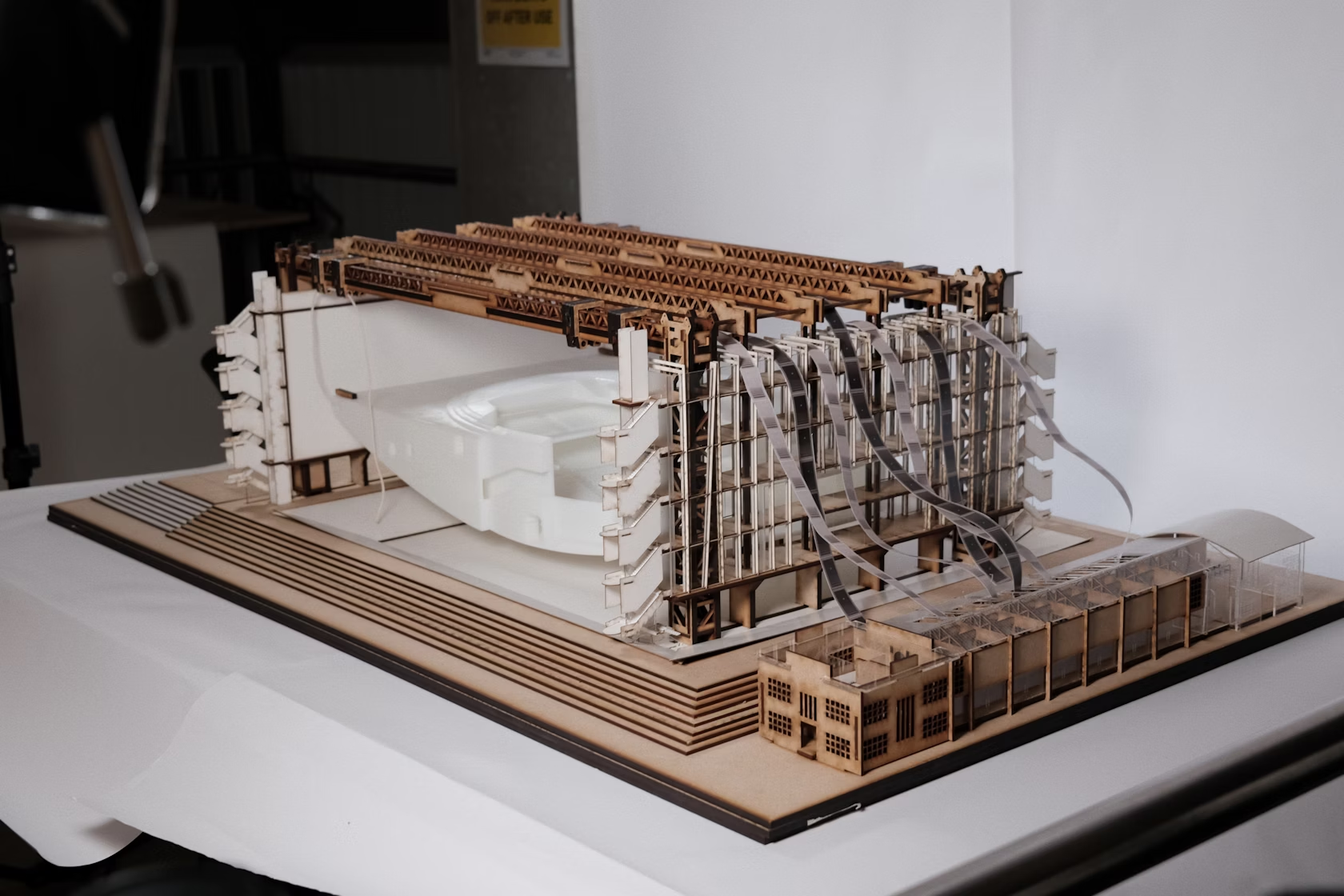
No Opera-rethinking the black-box by Pengcheng Yang, Special Mention, 2023 Architizer Vision Awards, Physical Model
Concept models do something similar but in three dimensions. They help test mass, light, scale or just the feeling of a shape before it’s pinned down. And they’re often built from scraps and tape and things that weren’t meant to hold together (but somehow always do). So even if these working models never get to be display objects, they are in a sense, spatial experiments which play a huge role in shaping what comes next.
The Vision Awards Sketch and Concept Model categories exist to celebrate precisely this kind of work — the part that happens before things are too defined, too perfect. Because sometimes, the first version says the most. And sometimes, that napkin drawing really does make it all the way to the finish line. (Just ask Frank Gehry or Daniel Libeskind — who, by the way, is a Vision Awards juror.)
Physical Work Invites Slower Work and Deeper Thought

New Layer. Exchange of structure: From block to sculpture by Sergei Tchoban, Special Mention, 2023 Architizer Vision Awards, Hand Drawn Drawing
Working by hand takes time — and that’s part of the point. Drawing a section manually or assembling a scale model by hand asks for a kind of attention that software doesn’t. Every line is a decision. Every material, a test of fit, proportion or clarity.
There’s no instant undo button and no layers to turn off or hide behind. Which is exactly what makes analog work so revealing. It slows the process down just enough to notice what’s working and what isn’t. It requires presence, not just output.
The Hand-Drawn category recognizes this kind of focus. Whether it’s a section, a perspective or an axonometric plan, these drawings carry a sense of intention that comes through in every mark.
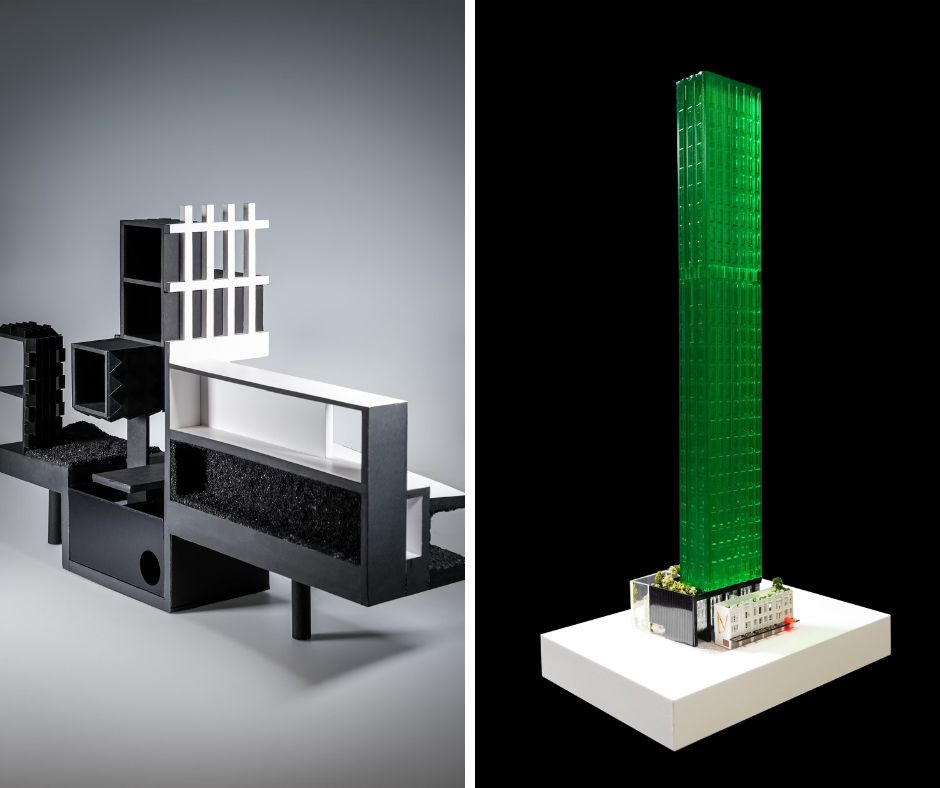
Left: Before the Bright Shadow – Section Model by Axel Olson, Special Mention, 2023 Architizer Vision Awards, Physical Models | Right: 372 Pitt Street, Sydney by Woods Bagot, Special Mention, 2023 Architizer Vision Awards, Physical Models
The same goes for the Presentation Model category. Apart from showing form, these models show they show atmosphere, detail and how a project holds together in space. Built with care, they tell stories that screens alone can never do as well.
In a time when it’s easy to rush toward the finish, these categories celebrate the choice to go slower — and say more with less.
Analog Thinking Still Shapes the Digital Outputs
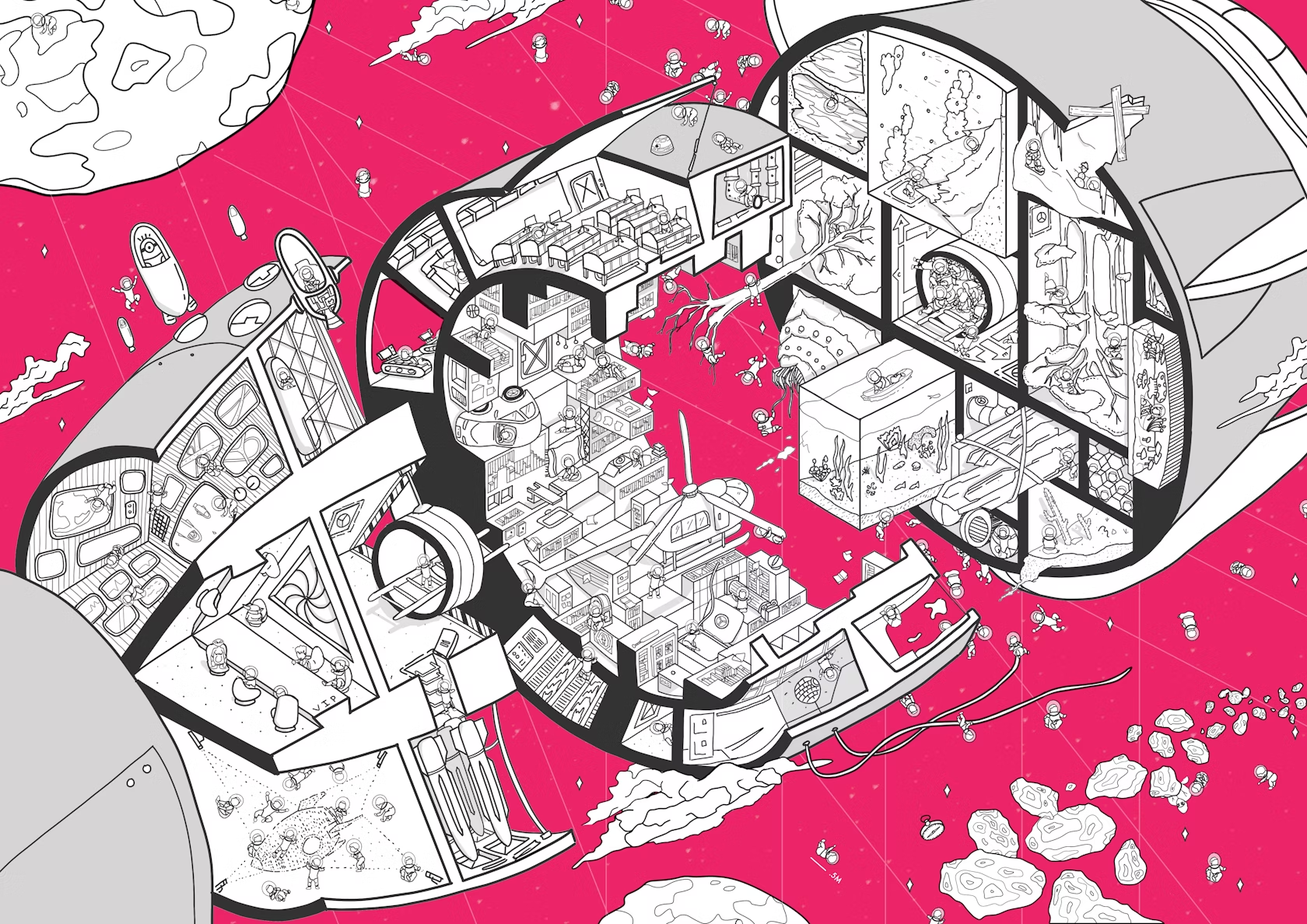
Fable or Failure by Alexander Jeong and Brandon Hing, Student Winner, 2023 Architizer Vision Awards, Computer Aided Drawing
Even when drawings are produced on a screen, the approach often comes from somewhere older. The way space is organized, the way a line is placed or adjusted, the way a plan is worked through — these habits are carried over from drawing by hand. They come from slowing down, looking carefully and figuring things out on paper before anything is finalized.
Digital tools can carry that same quality. A well-considered drawing doesn’t just show a design. It gives structure to the thinking behind it. A plan can ask questions. A section can uncover something unexpected. The act of drawing, even digitally, is still a way of designing, not just documenting.

Into the Void: Fragmented Time, Space, Memory, and Decay in Hiroshima by Victoria Wong, Professional Winner, 2023 Architizer Vision Awards, Computer Aided Drawing
And when analogue thinking is applied through the flexibility of today’s software, the results can be extraordinary. Drawing tools now offer levels of precision, layering and experimentation that make room for ideas to evolve in ways that are both rigorous and imaginative.
That’s why the Vision Awards include the Computer-Aided Drawings category alongside hand-drawn work. Both carry the same kind of attention. Both hold the quiet marks of someone working something through with care.
Analogue thinking continues to shape the drawings that stay with us — the ones that show how a project works, how it holds together and how someone arrived at the idea in the first place.
Your Drawings and Models Deserve a Place at the Table — Submit Your Work for the Vision Awards
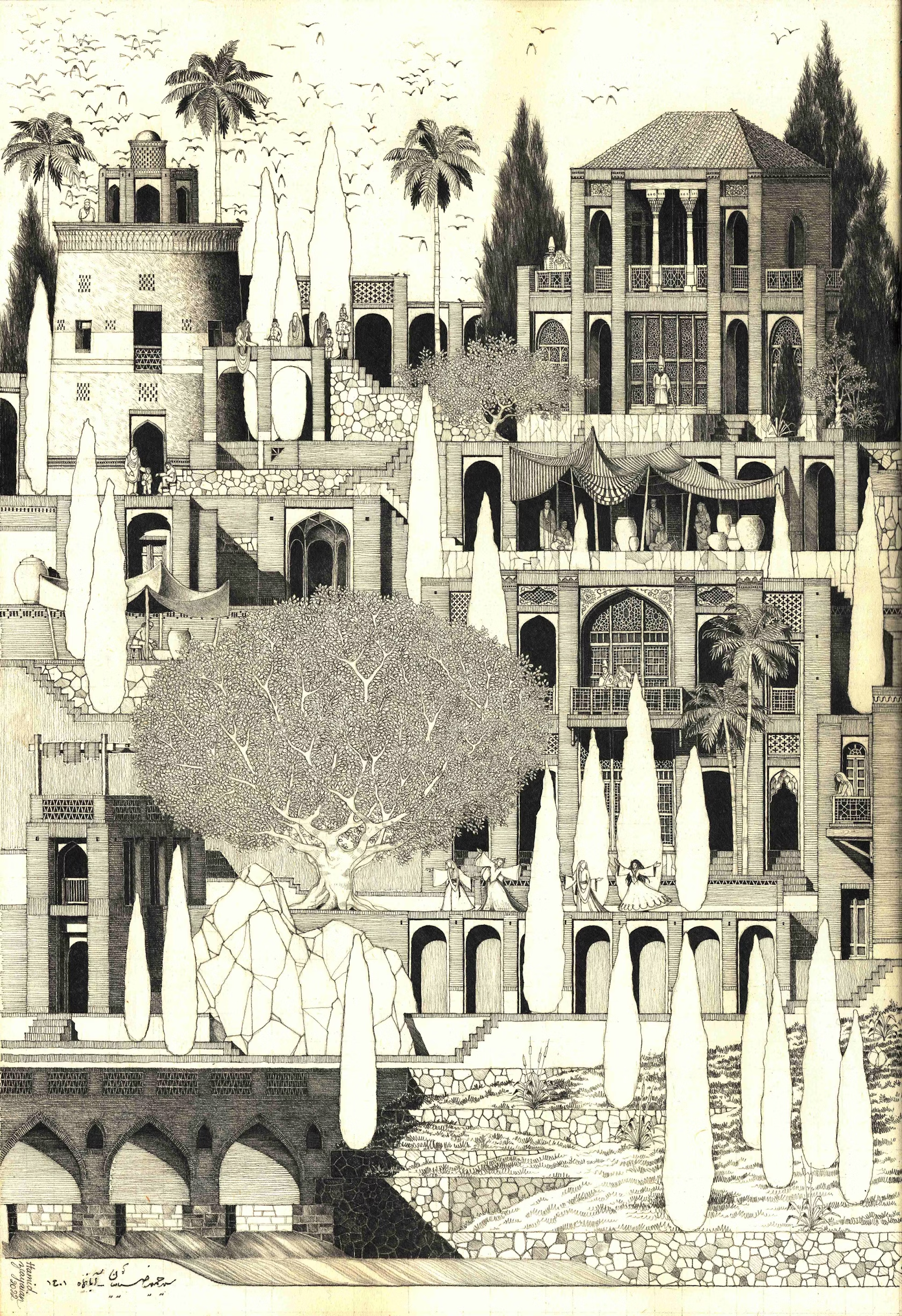
The City of Enoch by Young Guns Studio, Special Mention, 2023 Architizer Vision Awards, Hand-Drawn Drawing
Drawings and models aren’t secondary. They don’t live in the margins of the design process. Whether it’s a rough sketch, a hand-drawn plan or a physical model held together with tape, this kind of work reflects deep attention and clarity of thought and it deserves to be seen.
The Vision Awards were created to honor architectural ideas in all their forms. Alongside categories for visualization, photography, video and unbuilt concepts, the Drawings and Models categories give space to the kinds of work that shape how projects come to life and how they’re understood.
If your work speaks through line, material, structure or light through things made slowly and with care — it belongs here.
Architizer’s Vision Awards are back! The global awards program honors the world’s best architectural concepts, ideas and imagery. Start your entry ahead of the Final Entry Deadline on July 11th.
The post Drawings, Models and More: Why Architects Should Champion Analog Craft in the Digital Age appeared first on Journal.























